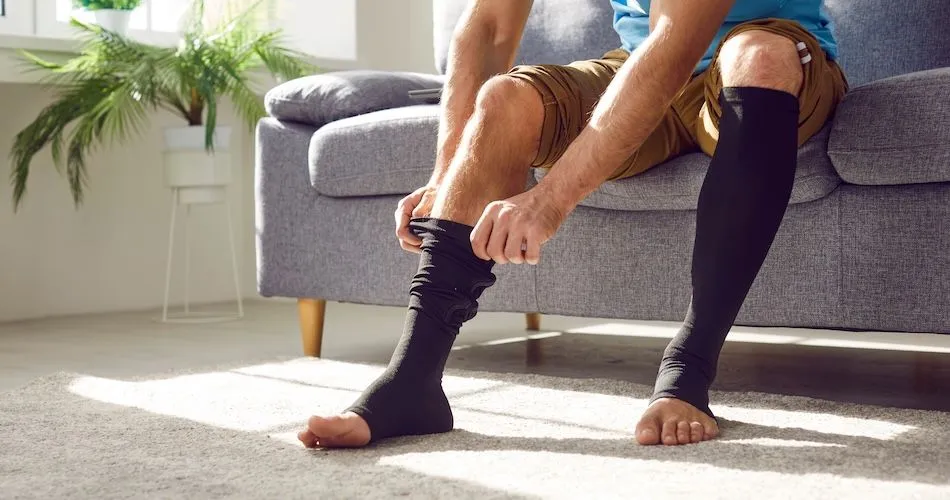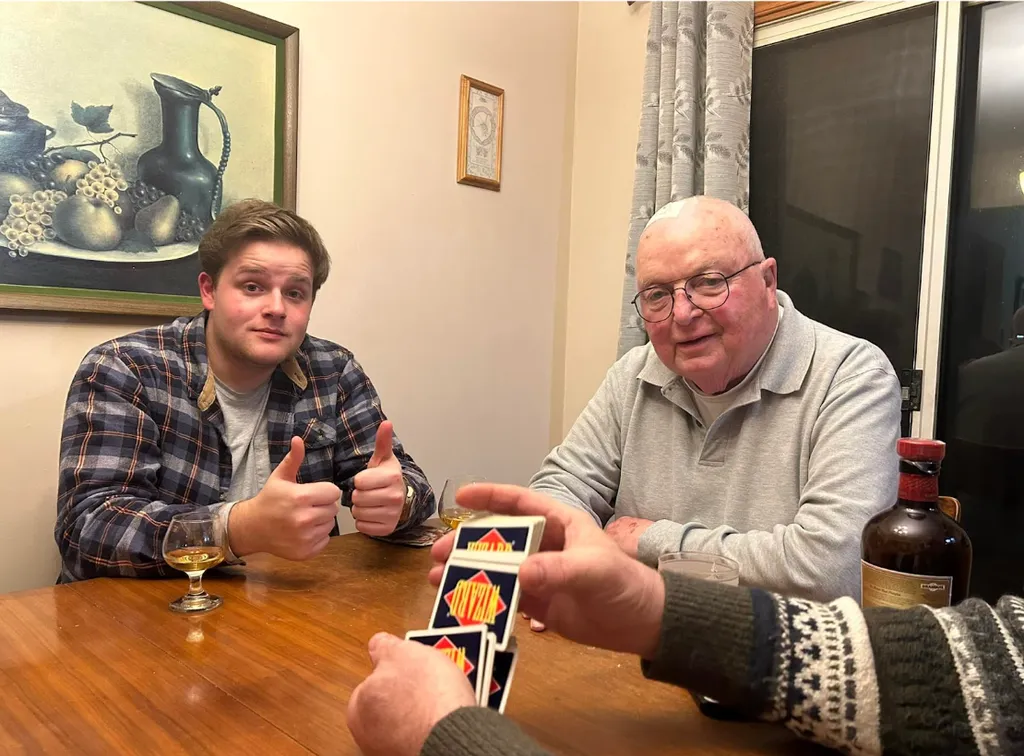DLBCL Treatment Patterns & Outcomes: A Real-World Look at DLBCL Treatment

A new real-world study provides current data on the patterns for lines of therapy and treatment outcomes for DLBCL patients. This study looked at how doctors treat Diffuse Large B-cell lymphoma (DLBCL) in everyday practice, not just in clinical trials. It followed a large group of DLBCL patients for over 2 years to see what treatments they received and how they responded.
DLBCL Treatment in the Real World
1,347 patients (with a median age of 67) were eligible for this study. Baseline characteristics, treatment patterns, and real-world outcomes were evaluated for the study population, including time to next treatment and overall survival, both overall and by line of therapy.
Lines Of Therapy Required:
The most common first line of therapy for 63.6% of patients is R-CHOP (rituximab, cyclophosphamide, doxorubicin, vincristine, and prednisone). More than 25% of people will require additional lines of treatment after their disease comes back (relapsed) or doesn't respond well (refractory). This number increases up for patients who needed a third or fourth round (3L or 4L).:
- 340 (25.2%) proceeded to receive 2nd line of therapy.
- 12.8% of patients experienced refractory disease.
- 11.7% experienced disease relapse.
- 141 (41.5%) proceeded to receive 3rd line of therapy.
- 41 (36.2%) progressed to the 4th line or greater treatment.
- The median follow-up time was 26.7 months from 1st line of therapy initiation to 2nd line of therapy.
“As patients progressed from the first line of therapy to later lines of therapy, treatment patterns became more individualized.”
Most Common Treatment Options After R-CHOP:
- Stem cell transplant (SCT) for 17.9% as a 2nd line of therapy.
- Rituximab plus ifosfamide, carboplatin, and etoposide phosphate (13.5%).
- Bendamustine and rituximab (BR) for 10.3%.
- Followed by 5.35% receiving dose-adjusted etoposide phosphate, prednisone, Oncovin, cyclophosphamide, doxorubicin hydrochloride, and rituximab (DA-EPOCH-R).
-
- Chimeric antigen receptor T-cell therapy (CAR-T) for 11.8% as a 4th line of therapy.
Survival rates according to the lines of therapy:
Outcomes are generally worse for patients who need later rounds of treatment: Patients who needed multiple rounds of treatment (especially 3L or 4L) tended to have lower survival rates and shorter time before their disease progressed again.
- For patients in their 1st line of therapy, the survival at 1, 3, and 5 years was 88.5%, 78.4%, and 73.5%.
- For those in 2nd line of therapy, their survival odds at 1 and 3 years are 62.4% and 46.4%.
- Patients on their 3rd and 4th lines of therapy had lower survival rates: 1—and 3-year survival rates were 31.5% and 29.8%, respectively.
Conclusion
The study included a diverse patient population with variations in age, disease stage, prior treatments, and comorbidities across different lines of therapy. Overall, this study provides valuable real-world data on DLBCL treatment patterns and outcomes. It highlights the need for improved access to newer therapies and the development of even more effective treatments for patients with relapsed or refractory disease.
Stay up to date with all the treatment advances in your disease with Healthtree for DLBCL:
Sources:
- Real-world patient characteristics, treatment patterns, and treatment outcomes of patients with diffuse large B-cell lymphoma by line of therapy
- Real-World Study Reveals Key Insights Into DLBCL Treatment Patterns, Outcomes
A new real-world study provides current data on the patterns for lines of therapy and treatment outcomes for DLBCL patients. This study looked at how doctors treat Diffuse Large B-cell lymphoma (DLBCL) in everyday practice, not just in clinical trials. It followed a large group of DLBCL patients for over 2 years to see what treatments they received and how they responded.
DLBCL Treatment in the Real World
1,347 patients (with a median age of 67) were eligible for this study. Baseline characteristics, treatment patterns, and real-world outcomes were evaluated for the study population, including time to next treatment and overall survival, both overall and by line of therapy.
Lines Of Therapy Required:
The most common first line of therapy for 63.6% of patients is R-CHOP (rituximab, cyclophosphamide, doxorubicin, vincristine, and prednisone). More than 25% of people will require additional lines of treatment after their disease comes back (relapsed) or doesn't respond well (refractory). This number increases up for patients who needed a third or fourth round (3L or 4L).:
- 340 (25.2%) proceeded to receive 2nd line of therapy.
- 12.8% of patients experienced refractory disease.
- 11.7% experienced disease relapse.
- 141 (41.5%) proceeded to receive 3rd line of therapy.
- 41 (36.2%) progressed to the 4th line or greater treatment.
- The median follow-up time was 26.7 months from 1st line of therapy initiation to 2nd line of therapy.
“As patients progressed from the first line of therapy to later lines of therapy, treatment patterns became more individualized.”
Most Common Treatment Options After R-CHOP:
- Stem cell transplant (SCT) for 17.9% as a 2nd line of therapy.
- Rituximab plus ifosfamide, carboplatin, and etoposide phosphate (13.5%).
- Bendamustine and rituximab (BR) for 10.3%.
- Followed by 5.35% receiving dose-adjusted etoposide phosphate, prednisone, Oncovin, cyclophosphamide, doxorubicin hydrochloride, and rituximab (DA-EPOCH-R).
-
- Chimeric antigen receptor T-cell therapy (CAR-T) for 11.8% as a 4th line of therapy.
Survival rates according to the lines of therapy:
Outcomes are generally worse for patients who need later rounds of treatment: Patients who needed multiple rounds of treatment (especially 3L or 4L) tended to have lower survival rates and shorter time before their disease progressed again.
- For patients in their 1st line of therapy, the survival at 1, 3, and 5 years was 88.5%, 78.4%, and 73.5%.
- For those in 2nd line of therapy, their survival odds at 1 and 3 years are 62.4% and 46.4%.
- Patients on their 3rd and 4th lines of therapy had lower survival rates: 1—and 3-year survival rates were 31.5% and 29.8%, respectively.
Conclusion
The study included a diverse patient population with variations in age, disease stage, prior treatments, and comorbidities across different lines of therapy. Overall, this study provides valuable real-world data on DLBCL treatment patterns and outcomes. It highlights the need for improved access to newer therapies and the development of even more effective treatments for patients with relapsed or refractory disease.
Stay up to date with all the treatment advances in your disease with Healthtree for DLBCL:
Sources:

about the author
Lisa Foster
Lisa Foster is a mom of 3 daughters and 1 perfect grandchild, a puzzle lover, writer and HealthTree advocate. She believes in the mission of the foundation and the team that builds it forward. She calls Houston, Texas home.
More on Navigating Your Health
Get the Latest Large B Cell Lymphoma Updates, Delivered to You.
By subscribing to the HealthTree newsletter, you'll receive the latest research, treatment updates, and expert insights to help you navigate your health.









